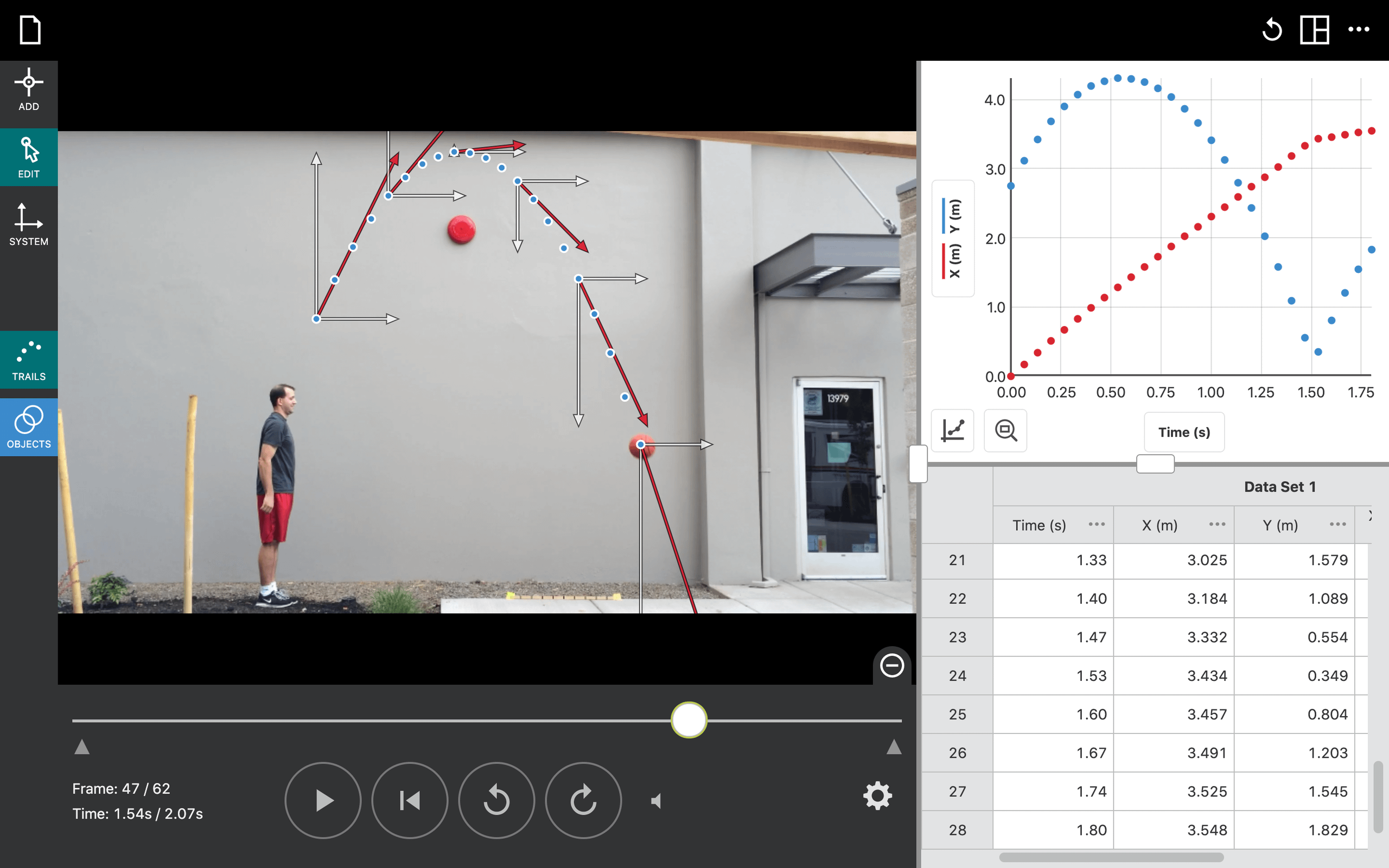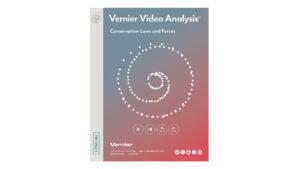Angular Momentum and Energy
Experiment #11 from Vernier Video Analysis: Conservation Laws and Forces
- Subject
- Physics
Introduction
The classic example of conservation of angular momentum involves a skater performing a spin and pulling their arms and legs into the center to increase the rate of rotation. You may have learned that the angular momentum is conserved when a system has no net external torque applied to it. Do you think that rotational energy is also conserved in this case? In this activity, you will investigate the rotational motion of a person spinning on a low-friction chair to evaluate the change in rotational kinetic energy.
Objectives
- Use models of angular momentum and rotational kinetic energy to evaluate how a change in the moment of inertia affects rotational kinetic energy.
- Use video analysis techniques to obtain angular position, angular velocity, and time data for a video of a person rotating on a low-friction chair.
- Examine graphs and equations of the motion for rotational motion.
Sensors and Equipment
This experiment features the following sensors and equipment. Additional equipment may be required.
Ready to Experiment?
Ask an Expert
Get answers to your questions about how to teach this experiment with our support team.
- Call toll-free: 888-837-6437
- Chat with Us
- Email support@vernier.com
Purchase the Lab Book
This experiment is #11 of Vernier Video Analysis: Conservation Laws and Forces. The experiment in the book includes student instructions as well as instructor information for set up, helpful hints, and sample graphs and data.


